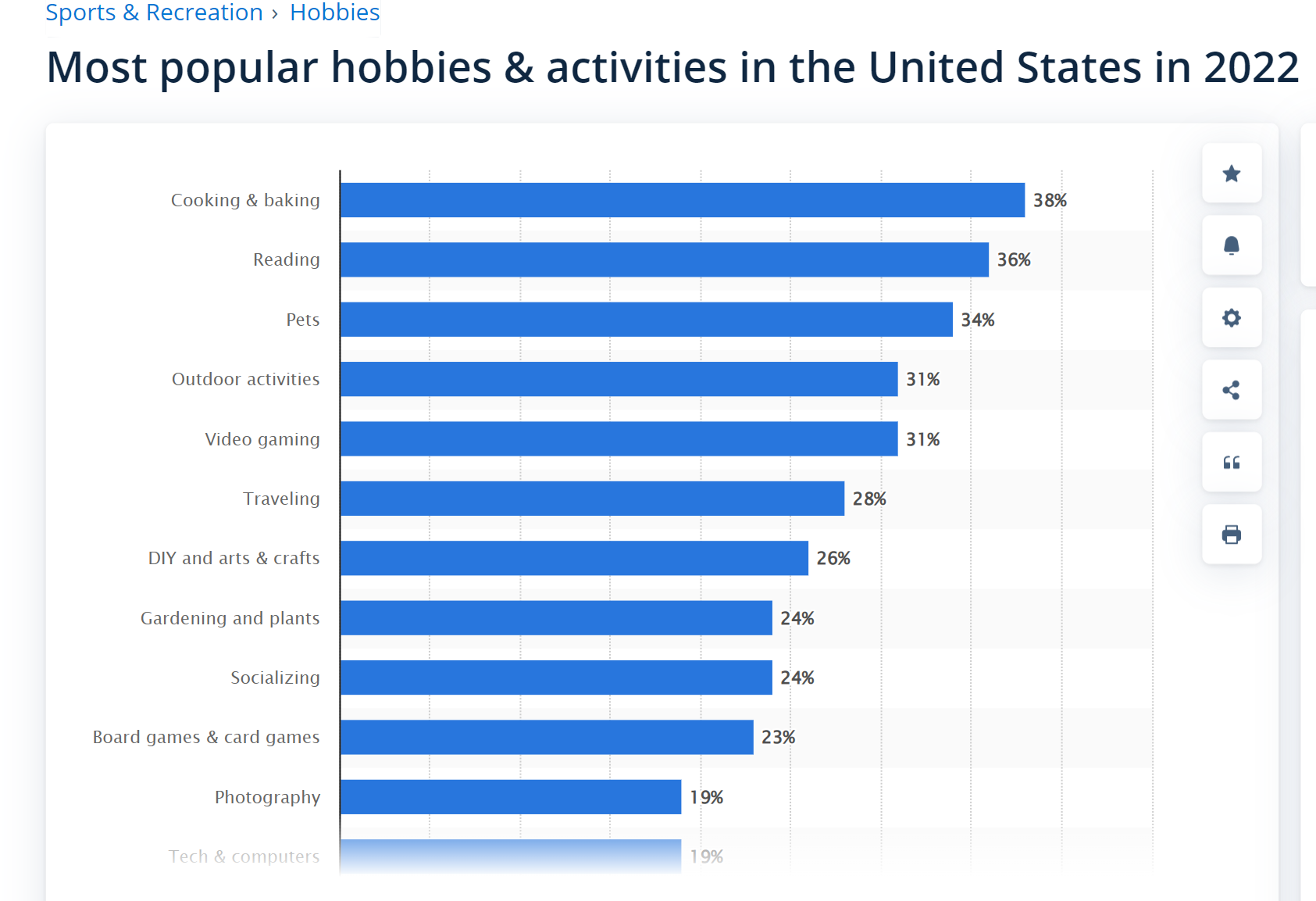What is a Travel Blogger?
Many travel bloggers start their career by simply documenting their adventures and sharing them with friends. With time and perseverance, these bloggers grow their blogs into successful ventures. Travel blogging is not exactly a vacation, but if you enjoy writing and are ready to put in some effort, it won’t feel like a full-time job either. You don’t need to fly across the world to exotic destinations. In fact, for starters, you can create a blog to share the best places in your own city and the surrounding area.
Many bloggers earning high incomes today started with the goal of simply documenting their adventures, but their persistence allowed them to grow their blog into full-time businesses. For example, Brittany Sawyer from Travel the Brit started her blog to share her travel experiences and is now a full-time travel blogger. Katarina from Adventour Begins started her blogging journey by sharing her experiences working on cruise ships and is now earning over $1,000 per month from her blog without needing to quit her main job. To learn more about the life of travel bloggers, check out their success stories on our blog.
How to Become a Travel Blogger
Blogging is popular across many niches, but if you want to become a travel blogger, it is important that you enjoy traveling and sharing your stories. It will also require some writing and photography skills, which you can grow as you go through the process. Before you get paid to leisurely travel the world, you will need to put in some work and establish a strong online presence. Below, you will find a step-by-step guide on becoming a travel blogger and starting to make money online.
Find Your Passion
Many beginner bloggers choose trending niches with huge audiences in hopes of taking advantage of the hype within those niches. However, you should actually consider your own passions and choose a niche accordingly. This is only reasonable, as you will spend hours and days researching and preparing content on your selected topic. It can be a while before you see your first results, but your natural interest will prevent you from giving up too early.
For these reasons, it is pretty easy to start a travel blog, as traveling along with outdoor activities is one of the most popular hobbies for many people.

As a result, there is a high chance of finding an interested audience as well. However, be sure to identify what you most enjoy about travel, such as your favorite destinations, types of trips, activities, etc. Writing about travel in general is too broad a topic and will not allow you to grow your authority and build a community.
Pick Your Niche
To blog efficiently, you need to pick the right niche. As discussed above, it is important to choose topics you feel passionate about, so that blogging does not feel like a hard job and you do not lose interest.
In addition, it is great if you already have some knowledge in your chosen niche. Preparing content about things you are unfamiliar with will take some time, while sharing your existing expertise will not only save you time on research, but will also allow you to create in-depth content and bring real value to your audience. To learn more about picking a niche as a content creator, watch this video.
Make sure to research the competition in the niches you are interested in. You should not be discouraged if the competition is high. Instead, be sure to take the time to study your competitors and find out what they have missed, so you can fill in those gaps.
Choose a Blog Name and Set Up Your Website
Naming your blog can be overwhelming. To select a reasonable option, you need to consider several factors that make a good blog name. Essentially, your name should convey what your blog will be about, be memorable, stand out from the competition, and be able to rank well on search engines. In addition, make sure to check that the corresponding domain and social media handles have not been taken.
This step is so important because choosing the wrong name can cost you a lot in the long term. If you end up needing to change your name later on, you might lose direct traffic and will have to build brand recognition from scratch, let alone confuse existing readers, creating a new logo, and so on.
There are plenty of tools that can help you choose the best domain name. With blog name generators, you enter one or a few keywords and find inspiration from suggested names, which are often also SEO optimized. Furthermore, such tools usually allow you to check whether the domain you like is available and can even help you buy and register it. Here are a few great tools:
● Blog Tyrant is a free tool that will help you find domain names based on your keywords and check their availability with the BlueHost hosting provider.
● 123Finder is another free blog name generator with advanced search options that allow you to discover related keywords, add extensions, set the minimum number of characters, and more.
You can buy and register a domain name either on domain registrars or directly on blogging platforms. Domain registrars are platforms that handle the reservation of domain names and assign IP addresses (for example, BlueHost, GoDaddy, Domain.com, and more).
You can also buy a domain directly from a website builder, which is a tool that allows you to create your own website. Website builders offer all the necessary features in one place, including hosting, website themes, plugins, etc. One of the most popular blogging platforms is WordPress. This platform is a great option for both novice and experienced bloggers, as it features an easy-to-navigate and intuitive interface that allows you to create a blog for free. WordPress also offers hosting services and a great selection of optimized themes, plugins, and other add-ons. You can find more website builders in this post.
Watch and Research the Travel Market Before You Start
Changes in the travel niche happen fast and can be provoked by many factors, such as politics, global economic situations, technology development, and more. Some changes happen quickly, while others can take years. So, it is always a good idea to do research to define current and upcoming trends in the niche and use common sense when building a blog strategy. If the financial situation is not so bright, you can still promote travel by focusing on budget trips, for instance. It is an even better idea to look for destinations or verticals with low competition, so you can start growing a community and income as fast as possible.How can you check your competition? The best option is to take advantage of keyword research tools, such as Ubersuggest. With this tool, you can see the volume of any given keyword (the number of searches this keyword has during the month), cost per click, paid difficulty (estimated competition in paid search), and SEO difficulty (estimated competition in organic search). Based on this data, you can find trendy topics and write content that will attract more traffic to your site.

You can also check the interest in your chosen topic over time with tools like Google Trends.

Proper keyword research will help you understand market trends and develop an efficient content marketing strategy.
Define Your Objectives and Goals
To achieve success, it is important to set the right goals and measure your campaign along the way. By aligning your content and marketing efforts with your objectives, you will be able to produce the materials and marketing campaigns that attract readers and generate sales. Without goals, your business will be like a ship lost at sea without a destination.
Some of the objectives you should seek to achieve for your blogging business are building brand recognition, growing organic traffic, creating a loyal community, establishing authority in your niche, etc.
When setting goals, make sure they are:
● Specific (desired traffic volume, income, posting frequency, social media coverage, etc.)
● Measurable (such goals can be measured with analytic tools, such as Google Analytics, etc.)
● Achievable (blogging takes time and effort, so if you set goals that are too difficult to achieve, you may simply lose enthusiasm)
● Relevant (choose goals that make sense for your blog)
● Time-bound (set reasonable deadlines that you can meet)
You can learn more about how to set goals for your blog and make them happen with a free course from Travelpayouts Academy.
Based on what you want to achieve with your blog, you can develop a content marketing strategy.
Write Regular Blog Articles and Publish Frequently
Blogging regularly takes time, but is advantageous in many ways:
● Consistent and fresh content appeases Google and helps you increase your organic traffic.
● By regularly publishing new high-quality posts, you will position yourself as the industry expert.
● More content means more keyword ranking opportunities.
● Creating new blog posts will give you something to share on social media.
● Posting regularly allows you to retain your audience, as they will know when to expect new content. This will help you build trust with your audience and grow a community.
● Posting regularly also allows you to evenly distribute your workload throughout the month.
To find an ideal posting frequency, you need to define how much content you are able to produce and distribute during the month. For example, if you have enough time to write four blog posts, you can publish one post per week. You should also consider how often your competitors post content.
To attract traffic and build your audience, try to publish as often as possible. You want to make sure there is always something new for your visitors to come back to. Learn more about how often to publish a blog post on our blog.
Include Good Content and Answers to Questions
Content is king when it comes to growing a blog. High-quality content helps you attract the right audience to your website and engage with them, especially if you enrich that content with relevant keywords. If you bring value through your blog materials, visitors will be more likely to share your posts with others and come back for more information. High-quality posts also demonstrate to Google that your website is an authoritative source that is worth driving traffic to.
Before you start writing, get familiar with SEO and keyword research. This will allow you to identify trending topics, create posts that precisely answer users’ questions, and drive more targeted traffic. Make sure to establish a content-publishing schedule and produce blog posts accordingly, so that your visitors know there is always something to return to see.
Many bloggers recommend creating pillars of content. For example, instead of writing one long travel guide, you can prepare a cluster of smaller posts, including the best things to do, top museums, different guides for different seasons, and so on. This will show Google that you are an expert on the topic and increase opportunities for internal linking on your blog.
Basically, there are two types of bloggers when it comes to content strategy. The first type creates journal-style blogs and shares their adventures, the routes they have taken, personal photos, and videos. The second type focuses on informational posts similar to travel how-to guides in a bookstore. The latter type may attract traffic for longer and get seen by more people. However, it is important to balance bringing value through your content and sharing personal perspective so it is both useful and interesting for readers.
You can join a free course from Travelpayouts Academy and learn how to create top-quality content step-by-step.
Decide on Your Social Media Platform
Social media and messengers are no longer just a way to connect to your friends and family. Today, these tools also help achieve marketing and sales goals, as they offer a wide reach, plenty of advertising opportunities, and various types of content to share. Social media can help you achieve affiliate marketing success if you harness them properly, considering your target audience, blog niche, goals, and more.
Consider the following features when choosing a social platform:
● Facebook is often used to promote products and services, engage with your audience by sharing posts, photos, and videos, as well as provide customer support.
● Instagram helps boost brand visual recognition.
● Twitter is known for short posts and is often used to establish yourself as a thought leader and share news. Here, text tweets perform even better than image and video-rich content.
● YouTube is perfect to for sharing video content, demonstrating product benefits, and providing tutorials.
● Pinterest is one of the largest social traffic sources for many bloggers, as it includes built-in e-commerce features.
Do’s and Don’ts Of Travel Blogging
Here are a few tips that will help your blogging career start off more efficiently.
Do’s of Travel Blogging
● Invest in your blog. A good domain name, hosting, professional theme, and top-quality content with great visuals are crucial for blogging success in any niche. Investing in your blog will help you attract an audience and grow organic traffic much faster.
● Learn about SEO as early as possible. Search engine optimization is one of the main factors for blog growth, as it helps you rank better on search engines and drive more traffic. To deepen your understanding of SEO in the travel industry, take a free course led by expert Sharon Gourlay.
● Think about monetization from the start. This will influence your content and marketing strategies, while allowing you to start earning profits early on. You do not need a huge follower count or volume of traffic to generate your first earnings, so choose monetization methods as soon as possible.
● Improve text readability. The easier your content is to read, the more likely visitors are to read until the end. Use headings and subheadings, divide text into smaller paragraphs, add bullet lists to show multiple options, and more.
● Add visuals. Images and videos catch attention easier and help illustrate your point more clearly.
Don’ts of Travel Blogging
● Do not plan, just do. Some novice bloggers feel overwhelmed when starting a blog as there are so many things to do. Trying to plan every little detail and create a perfect blog can be too stressful. It is more efficient to take one step at a time and avoid stressing out over the process.
● Do not give up. It takes time for you to see the first results of your travel blog.
● Do not overuse keywords, which will make your page look spammy and unprofessional.
● Do not link to low-quality websites. Every webpage has some kind of value, and by linking to untrustworthy pages, you will show search engines that your page is no more reliable.
● Do not copy content from other sites. Google frowns upon plagiarism, so copy-pasting posts of other bloggers not only violates copyright, but also decreases your chances of ranking highly in the search results.
Making Money as a Travel Blogger
There are various monetization opportunities for travel blogs. You can use one or a few of them depending on your content, audience, and business goals. Here are the most popular ideas:
● Advertising: One of the most common ways to make money and earn passive income with a travel blog is through contextual advertising via platforms like Google Ads. Usually, there is an entry barrier to start placing ads on your site, such as the desired amount of traffic.
● Selling Your Product: Many bloggers develop their own product as they grow a loyal community. It can be a detailed guide, video tutorial, premium subscription, and more.
● Affiliate Marketing: You can earn online by promoting relevant products and services of other brands on your blog or social media page and earning commissions on all sales made through your link. To start monetizing your travel blog with affiliate marketing, join Travelpayouts.





